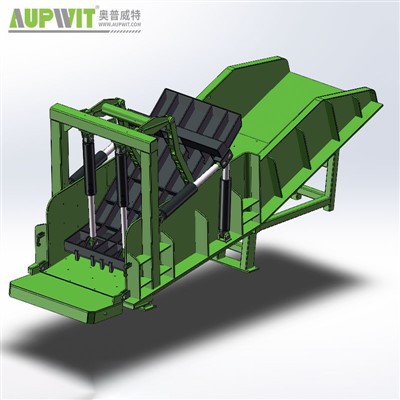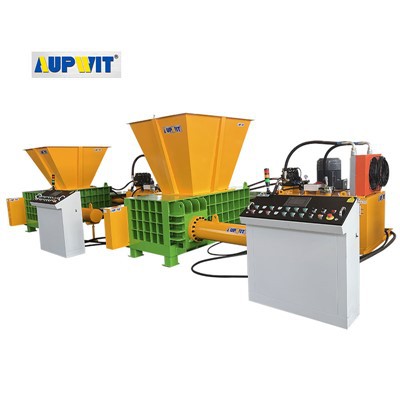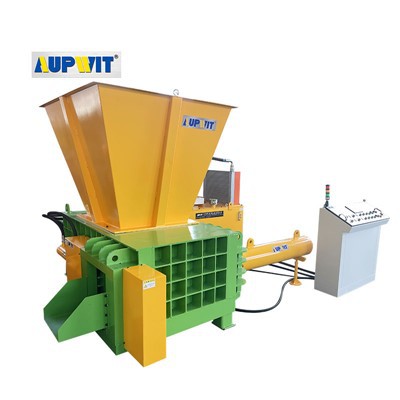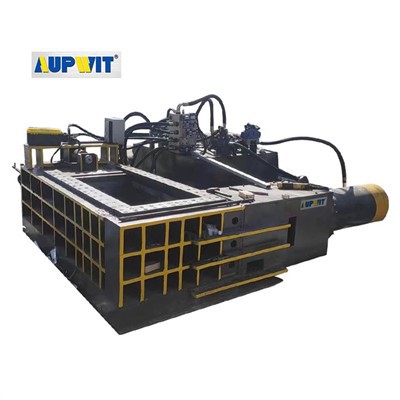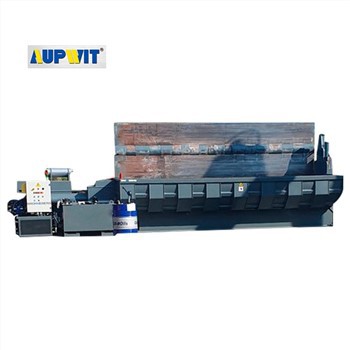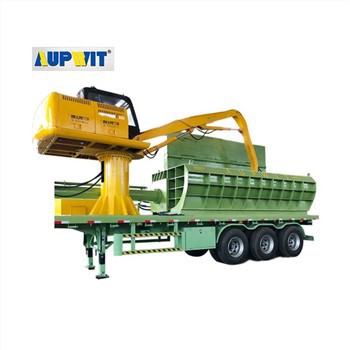1. Troubleshooting
- First, disconnect the machine from the power supply to ensure there is no risk of electric shock during repair.
- Clear any debris around the machine and leave ample space for repair.
- Prepare appropriate repair tools, such as wrenches, screwdrivers, and multimeters, as well as any spare parts that may need replacing.
- Consult the machine manual to understand the machine's structure and the location of key components to avoid blind disassembly.
2. Troubleshooting Common Causes
- If the machine fails to start, first check that the power supply is properly connected, check for tripped leakage protection devices, and then inspect the switches and motors for faults.
- If compression pressure is insufficient, check the hydraulic oil level, the hydraulic pump, and seals for leaks, and determine if there is pressure loss in the hydraulic system.
- If the strapping tape will not heat seal, check the heating element for damage, verify that the temperature control system is functioning properly, and check for blockages in the strapping tape feed path.
3. Standardized Component Replacement
- When replacing damaged parts, mark the component's installation position and wiring to avoid misalignment.
- When removing old parts, be gentle to avoid damaging surrounding components.
- When installing new parts, ensure secure connections, especially hydraulic lines and electrical wiring.
- Check for sealing and insulation to avoid oil or electrical leakage after installation.
4. Conduct Post-Repair Testing
- After replacing a part or troubleshooting a problem, first conduct a no-load test. Start the equipment and observe whether all components are operating normally.
- Check for smooth compression and strapping, and any unusual noises or stalls.
- If the no-load test is successful, perform a load test with a small amount of clothing to verify that the strapping pressure and quality meet standards and ensure the equipment has returned to normal operation.
5. Maintain Maintenance Records
- Record the time the problem occurred, the symptoms, the troubleshooting process, and the repair measures.
- Note the model and quantity of the replaced parts, and also record the post-repair test results.
- Organizing and archiving maintenance records will facilitate tracking equipment failure patterns, provide a reference for adjusting maintenance cycles and stockpiling spare parts, and reduce the recurrence of similar failures.


